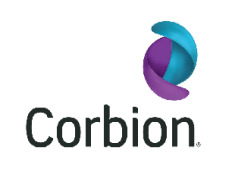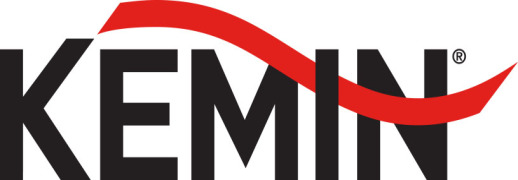News
Meat snacks answer consumer protein demand
11 Feb 2020Plant-based protein is one of industry’s hottest trends, but broader interest in high protein foods means meat snacking is also on the rise – and the range of convenience meat products available has multiplied.
Meat snacks tap into consumer demand for satisfying protein-rich foods, as well as convenience and tasty low-sugar alternatives to sweet snacks. And even though meat snacks may not spring to mind when thinking of sugary foods, manufacturers have released an increasing number of low sugar varieties, as many meat snack products are surprisingly high in sugar.

Globally, the value of the meat snacks market is set to reach nearly $9.5 billion by 2021, according Technavio research, and the US market alone is worth more than $3 billion. In Europe, the category traditionally has been dominated by pickled sausages and air-dried salami-style products, but meat sticks and jerky have taken off in recent years, especially following the European introduction of North American jerky brand Jack Link’s in 2014.
German, Spanish and UK consumers eat the most meat snacks in Europe, according to Nielsen, while the Chinese market accounts for the largest number of new meat snack product launches, followed by the United States. New flavour varieties have helped boost category growth, which has been averaging more than 4% a year in the US. And protein content has increased in importance, with 42% of North American meat snack launches carrying a high protein claim in 2017. Such claims more than doubled in Europe between 2014 and 2017, from 11% to 25%.
In Europe, younger consumers are most likely to be interested in increasing their protein intake. Among those aged 16-24, half of Spanish consumers and 54% of Italians say they have started eating more protein over the past year, according to Mintel. Alongside rising interest in natural protein sources, this represents a growing opportunity for meat snack manufacturers.
As well as flavour, protein and convenience, consumers have their eye on other attributes too, including ethical production standards and clean labels. Ingredient suppliers have responded with natural antimicrobials to replace commonly used potassium sorbate. Kemin and Kalsec, for instance, both supply rosemary extracts as antioxidant ingredients for meat snacks, while Corbion has a range of ingredients based on vinegars, ferment blends and citrus flour to inhibit mould in high moisture meat products.
For food manufacturers and product developers, there is a balance to be struck between health and indulgence when it comes to meat snacks, as there is in many snack categories. Mintel research has found about half of consumers are looking for indulgence when choosing snacks, while about a third are more concerned with health. Meat snacks have the potential to work well at the crossroads of these two major purchase drivers.



